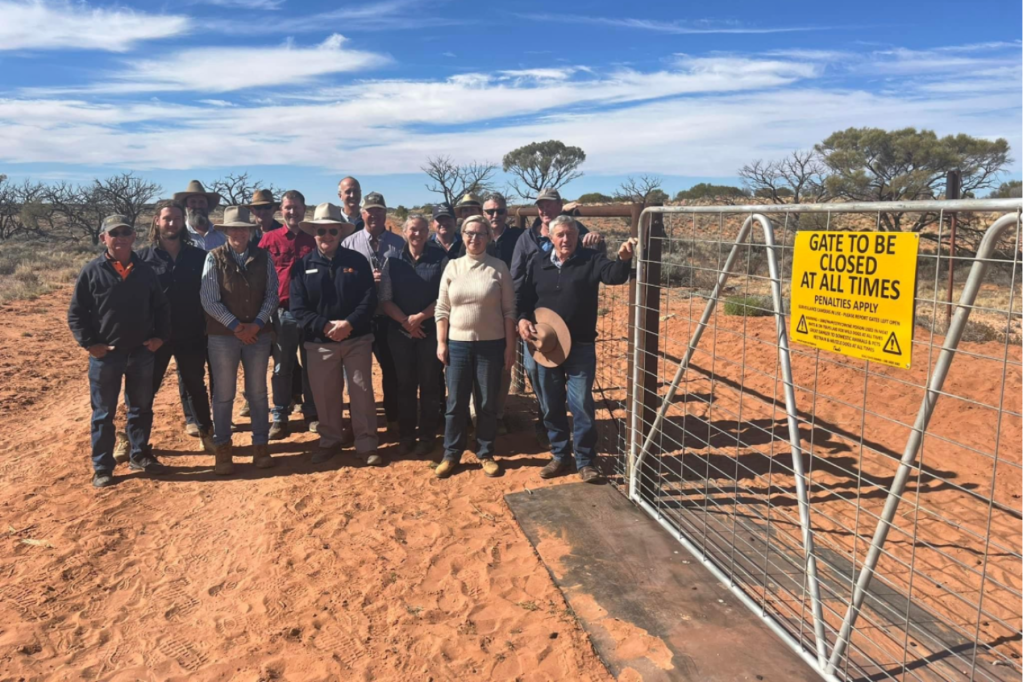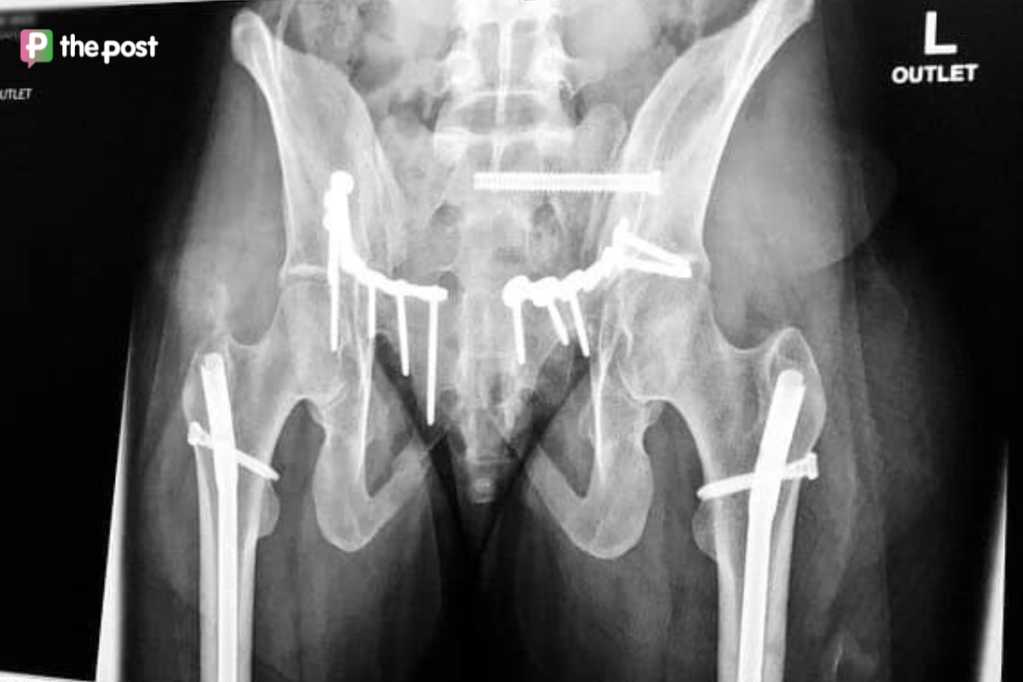Size no barrier to South Australian Dog Fence rebuild
A $27 million restoration of the world’s longest fence has reached a milestone, with work on the 2150-kilometre South Australian section passing the halfway mark.

Some 1000 kilometres of the South Australians Dog Fence has been rebuilt as part of a project to replace 1600 kilometres of the 5600 kilometre-long fence between Queensland and South Australia.
The 2150km fence runs from near Fowlers Bay at the Great Australian Bight to the News South Wales border, with two-thirds of the fence being more than 100 years old before the rebuild began in 2019.
After degradation by animals and major weather events, in 2018 landowners reported an estimated 20,000 sheep were killed by wild dogs entering the sheep country south of the fence, costing the industry $4 million.

The Dog Fence spans across South Australia. Image: PIRSA
To stop this a rebuild was announced, jointly funded with $10 million from the federal government, $11.6 million from the state government and $5.8 million from the livestock industry.
Minister for Primary Industries and Regional Development Clare Scriven said she was pleased to see the rebuild reach 1000km in September.
“The eradication of wild dogs inside the Dog Fence is a priority for the state government because wild dogs threaten the sheep industry,” she said.
“This costs the industry millions of dollars, and this project has had immediate benefits to sheep producers and other livestock industries.”
In September 2023, Scriven released the SA Wild Dog Management Strategy 2023-2033 saying it “prioritises work to achieve a once-in-a-generation opportunity to eradicate wild dogs from inside the Dog Fence”.
“Outside of the Dog Fence and its buffer zone, in an area covering around half of South Australia, dingoes will continue to be valued for their important roles,” she said.

1000km of the fence has now been rebuilt since 2019. Photo: supplied
Stay informed, daily
The plan also discussed the use of ground and aerial baiting, dog trapping and other wild dog controls.
The South Australian livestock industry, including beef cattle, sheep, pigs and chickens, is worth around $4.3 billion, with 11.2 million sheep in the state.
Scriven said the rebuild was expected to deliver between $56-$113 million in economic benefits over 20 years and said “more than 40 small to medium enterprises” had been involved in the rebuild.
The completed fence will see 60,000 wooden posts and over 110,000 steel droppers used across more than 189 pastoral leases.








